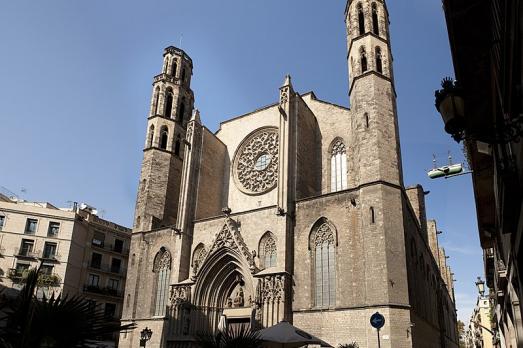
Santa Maria del Mar
Barcelona, ES
The church of Santa Maria del Mar is a basilica. It was built between 1329 and 1383. Since June 3, 1931, it has been classified as a Property of Cultural Interest.
Here you can search for a building to visit. You can use the map find destinations, or you can use the filters to search for a building based upon what different criteria.

Barcelona, ES
The church of Santa Maria del Mar is a basilica. It was built between 1329 and 1383. Since June 3, 1931, it has been classified as a Property of Cultural Interest.
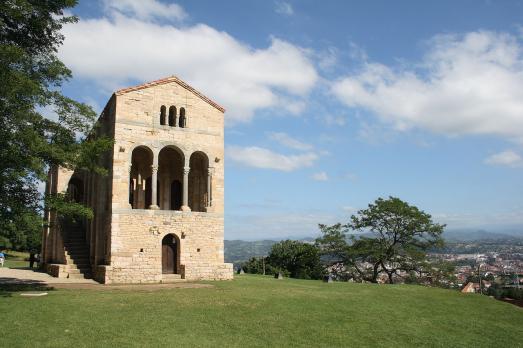
Oviedo, ES
Santa María del Naranco is an ancient 9th-century church. Originally, it was not designed as a church, but as the royal hall of a palatial complex. The building is an example of Asturian art or "Ramirense", in the pre-Romanesque style. It is one of the monuments of Oviedo and the Kingdom of Asturias listed as a UNESCO World Heritage Site.
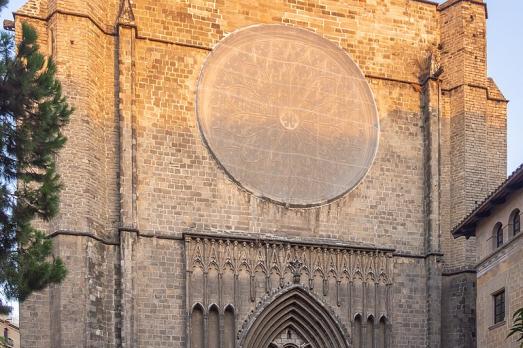
Barcelona, ES
Santa Maria del Pi is a Catalan Gothic style church located in Plaça del Pi; it has been listed as Cultural Good of National Interest in 1931.
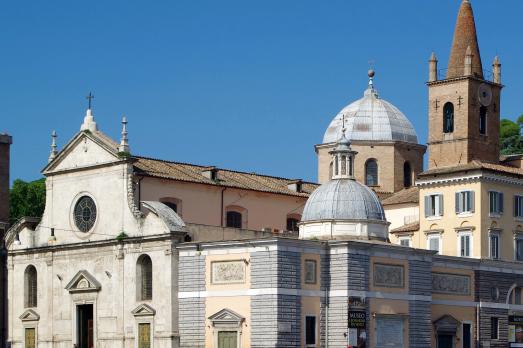
Rome, IT
According to a legend, the Church of Santa Maria del Popolo originated in the year 1099 on the site of emperor Nero’s tomb. Pope Paschal II, following an apparition of the Madonna who in a dream asked him to build a temple in his honour, built the first church, dedicated to Madonna of the people.
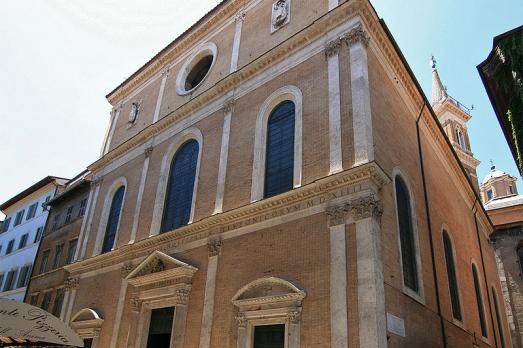
Roma, IT
The church of Santa Maria dell'Anima, founded in the 14th century, was the church of the Holy Roman Empire in Rome and is today the national church of the German-speaking world. The oldest mention of the church dates back to 1389. In the 15th century, Santa Maria dell'Anima became a hospital for all inhabitants of the Holy Roman Empire who visited Rome. A lay brotherhood was also active, of which prominent citizens of the Holy Roman Empire residing in Rome became members, including William of Orange's eldest son, Philip William. Today, after bitter disputes, both the Belgians and the Dutch have a representative on the board. The church itself is now used exclusively as a parish for the German-speaking people of Rome. Since 1992, the Dutch have had the so-called Frisian Church (San Michaele dei Frisoni) at their disposal, in the immediate vicinity of St. Peter's Basilica.
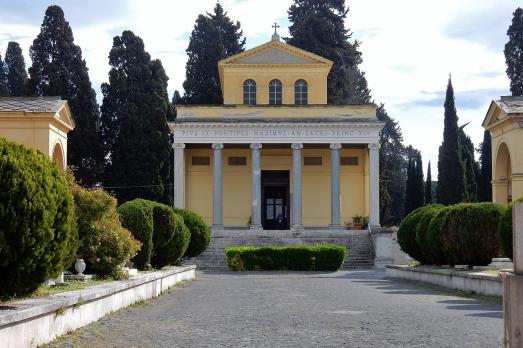
Roma, IT
Santa Maria della Misericordia al Verano is a church located in the huge municipal cemetery of Campo di Verano. The cemetery of Campo di Verano was originally founded by Napoleon's French invaders, who issued an edict in 1804 banning the ancient burial practices in the city. Having not evolved since the Middle Ages, they were rightly considered too unhealthy. Pope Pius IX (1846-1878) commissioned Virginio Vespignani to design the cemetery and oversee the construction of the main architectural elements. The church was completed in 1862.
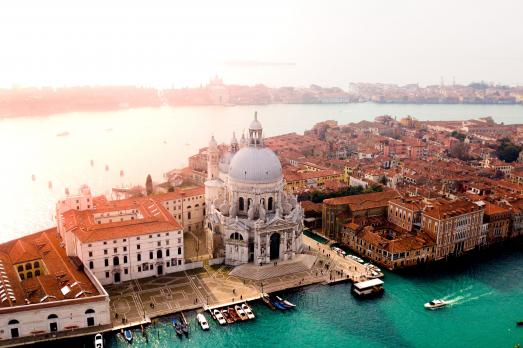
Venezia , IT
Santa Maria della Salute is one of the best expressions of Venetian Baroque architecture. Its construction between 1631 and 1687 is an ex voto to the Virgin by the Venetians for the liberation from the plague that decimated the population between 1630 and 1631. The construction was entrusted to Baldassare Longhena, who designed the church "in the shape of a crown to be dedicated to the Virgin".Every year, on 21 November, the day of the Presentation of the Virgin Mary, the Venetians cross a bridge, made for centuries of boats, now floating on poles, which goes from St. Mark's to the basilica and go there to pray.
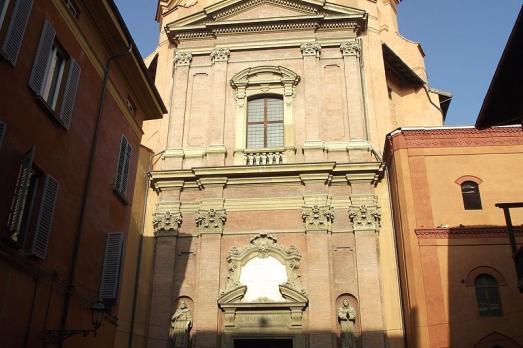
Bologna, IT
The Sanctuary of Santa Maria della Vita was founded in the 13th century. The current building is however a baroque reconstruction of the late 17th century. Its oratori is famous for the 16th century statues it contains.
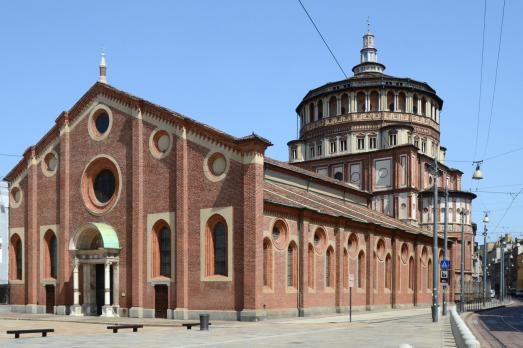
Milan, IT
The church of Santa Maria delle Grazie is a basilica belonging to the Dominican. It was built between 1492 and 1493 and is classified as a World Heritage Site by UNESCO, along with the fresco of the Last Supper by Leonardo da Vinci which is located in the refectory of the convent.
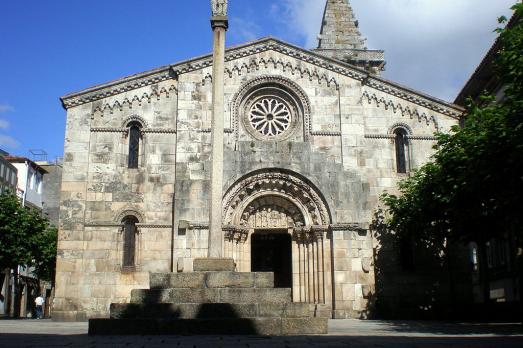
La Coruña, ES
The church was established in the 12th century but gained its modern style in 1880. The church still retains its original entranceway. It was custom for sailors arriving at La Coruña to visit this church immediately upon arrival to give thanks for their safe return.

new
Nestled amidst the serene landscapes of the Harz region, lies a hidden gem for nature enthusiasts and history buffs alike - the Harz Monastery Hiking Trail. Lace up your hiking boots and embark on this captivating adventure that will transport you back in time.

The Holy Mile (Miglio Sacro) of Naples is a one-mile-long itinerary, through sacred places linked to the city's patron saint, San Gennaro, in the Rione Sanità district. Discover the city from a new perspective with this unique walking tour.

As a university city, cultural offerings abound in Tartu and will reach their peak after being designated one of three European Capitals of Culture for 2024. In this list, we've compiled the most interesting sacred places to visit in and around the old town.